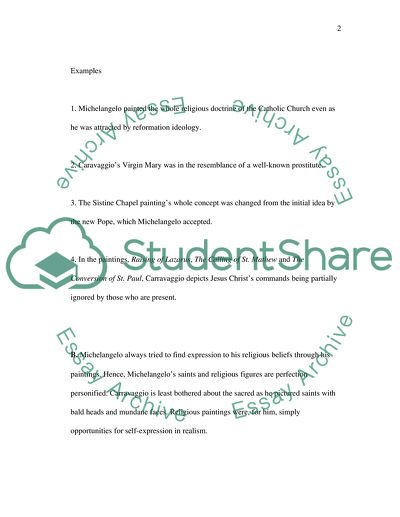Cite this document
(Religion through Art: Comparing Michelangelo and Caravvagio Research Paper - 1, n.d.)
Religion through Art: Comparing Michelangelo and Caravvagio Research Paper - 1. Retrieved from https://studentshare.org/miscellaneous/1750749-religion-through-art-comparing-michelangelo-and-caravvagio
Religion through Art: Comparing Michelangelo and Caravvagio Research Paper - 1. Retrieved from https://studentshare.org/miscellaneous/1750749-religion-through-art-comparing-michelangelo-and-caravvagio
(Religion through Art: Comparing Michelangelo and Caravvagio Research Paper - 1)
Religion through Art: Comparing Michelangelo and Caravvagio Research Paper - 1. https://studentshare.org/miscellaneous/1750749-religion-through-art-comparing-michelangelo-and-caravvagio.
Religion through Art: Comparing Michelangelo and Caravvagio Research Paper - 1. https://studentshare.org/miscellaneous/1750749-religion-through-art-comparing-michelangelo-and-caravvagio.
“Religion through Art: Comparing Michelangelo and Caravvagio Research Paper - 1”, n.d. https://studentshare.org/miscellaneous/1750749-religion-through-art-comparing-michelangelo-and-caravvagio.


